Description
We’re delighted to offer an exclusive two-day exploration of the wildlife of south-eastern Suffolk, with particular emphasis on the heathlands and coasts.
The Suffolk & Essex Coast & Heaths National Landscape is an expansive coastal region characterised by its incredible diversity, running from the Stour estuary in North Essex to Kessingland in North Suffolk, covering an area of 403 square kilometres.
This remarkable landscape presents a captivating mix of shingle shorelines, eroding cliffs, wet marshes, dynamic estuaries, heathlands, wooded areas, and agricultural fields. The tranquil villages, towns, and scenic countryside possess an authentic and unspoiled charm, distinctly reflective of the Suffolk character.
Notably, the Suffolk & Essex Coast & Heaths is one of the most significant wildlife habitats in the UK, including three National Nature Reserves, numerous Sites of Special Scientific Interest, and the renowned RSPB’s Minsmere Reserve.
The estuarine mudflats and creeks of the Stour, Deben, Blyth, Ore, and Alde rivers host crucial wetland environments that are vital on both national and international levels. Furthermore, the expansive sandy areas of ancient heathlands, such as the Sandlings, offer a sanctuary for many notable & interesting species, such as nightjars, woodlarks, and rare butterflies like the Silver-studded Blue.
Join us for 1 or 2 days to explore this wonderful area. Why not stay one or two night and make a weekend of it? Read on to find out the plans and details for each day…
DAY 1 – SUTTON HEATH & UPPER HOLLESLEY COMMON
Join all-round naturalist Chris Gibson for an exploration of a relatively unknown part of the southern Suffolk Sandlings, a world away from the northerly honeypots of Minsmere and Dunwich.
Lowland heath is justifiably renowned for its breeding birds, with Woodlarks, Stonechats and Dartford Warblers likely to feature during daylight hours (of course, dependent on both the weather on the day, and the severity of the previous winter which can hit populations hard). The heaths will also be at their most flowery and insect-rich: Graylings and maybe Silver-studded Blues visiting Bell Heather; dragonflies being fed upon by Hobbies; robber-flies preying upon other flies and Bee-wolves on bees … the many stories of life and death.
An evening wander on the heaths will seek out churring Nightjars, along with other denizens of the twilight hours – moths, maybe calling Stone Curlews and owls.
DAY 1 – IMPORTANT INFORMATION
Meet: 11.00am, ends approx 22.30. Break from 17.00 to 19.30 to allow check-in to accommodation (if appropriate) and to eat!
Meeting place: Sutton Heath Southern Car Park (TM306475, nearest postcode IP12 3TG) off the B1083
Car Parking: detailed (easy) instructions will be given to drive between the car park areas. All car parks are free.
Grade: up to 10km walking during the day, mostly easy going although can be muddy in stretches after rain…but this is one of the driest parts of the country!
Toilet facilities: NONE other than the ‘natural option’
Requirements: packed lunch; stout footwear and protective clothing against rain/sun (as appropriate); torch and insect repellent for evening session
DAY 2 – DEBEN ESTUARY & LANDGUARD POINT
Join all-round naturalist Chris Gibson for an exploration of the southern Suffolk coast, looking at two contrasting habitats: sheltered estuarine mudflats and saltmarshes and the open-coast shingle and sand formations.
The morning will be spent walking along the sea-wall paths of the Deben Estuary, taking in the maritime flora and insect life. The fringing salt marshes will be in full bloom, with Sea-lavender at its peak, and there may still be a few waterbirds such as Redshanks and Shelducks feeding on the mudflats, although most will be breeding elsewhere at this time. Invertebrates are likely to include a range of dragonflies, Essex Skippers and perhaps Wasp Spiders on the sea wall,
We will then drive to Landguard Point, Felixstowe, and after lunch walk on Landgard Common, an internationally significant vegetated shingle structure, with breeding Ringed Plovers and Little Terns. The single flowers will be at their best, with Yellow Horned-poppy, Sea Kale, Sea Campion and Viper’s Bugloss especially attractive; equally striking, albeit not native, is Red Valerian, which will be likely to attract Hummingbird Hawkmoths if any have reached our shores.
DAY 2 – IMPORTANT INFORMATION
Meet 09.00, ends approx. 17.00
Meeting place: Waldringfield Maybush car park (postcode IP12 4QZ)
Car Parking: Waldringfield Maybush, cash or phone £3; Landguard Peninsula car park (IP11 3TW), cash or phone £4
Grade: up to 8km walking during the day, mostly easy going although can be muddy in stretches after rain (…but this is one of the driest parts of the country!) and there will be some time on loose shingle in the afternoon
Toilet facilities: at both car parks
Requirements: packed lunch (depending on timing, a sit-in meal at the Landguard Viewpoint Café might be possible); stout footwear and protective clothing against rain/sun (as appropriate)

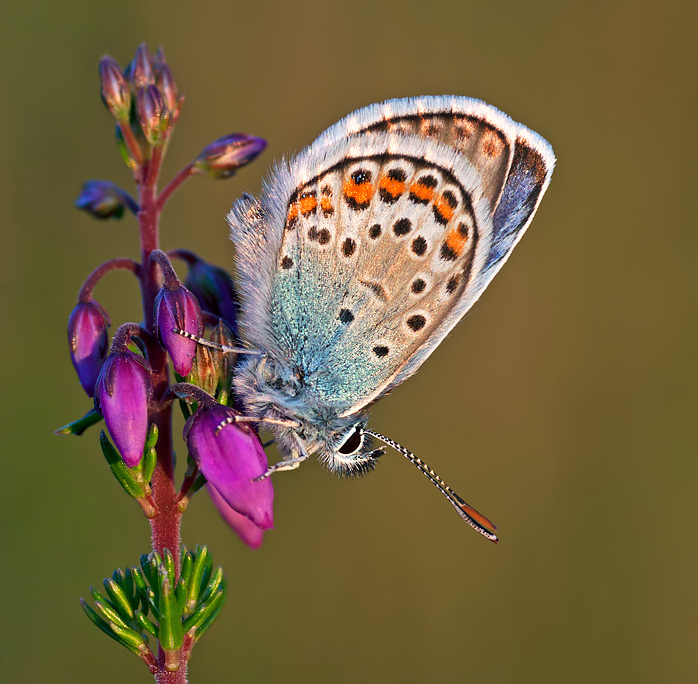
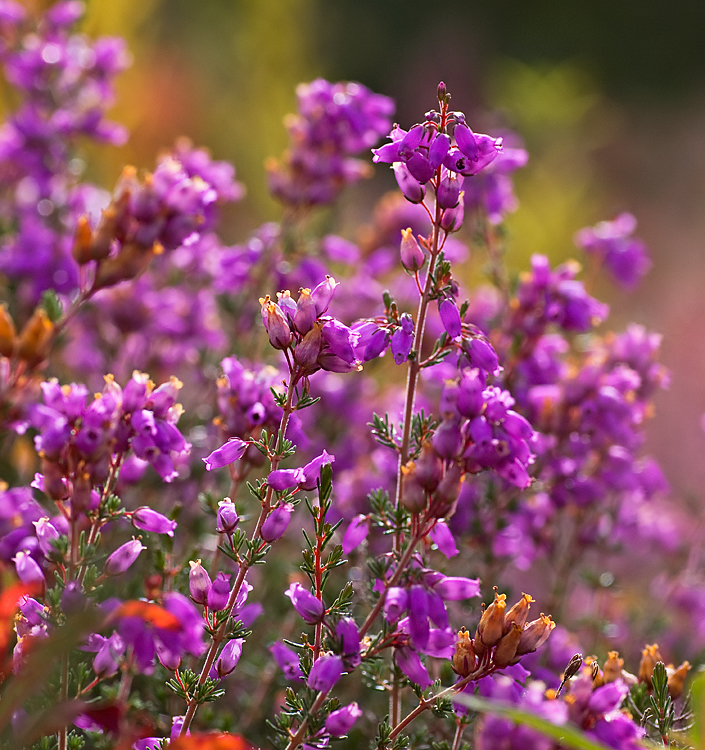
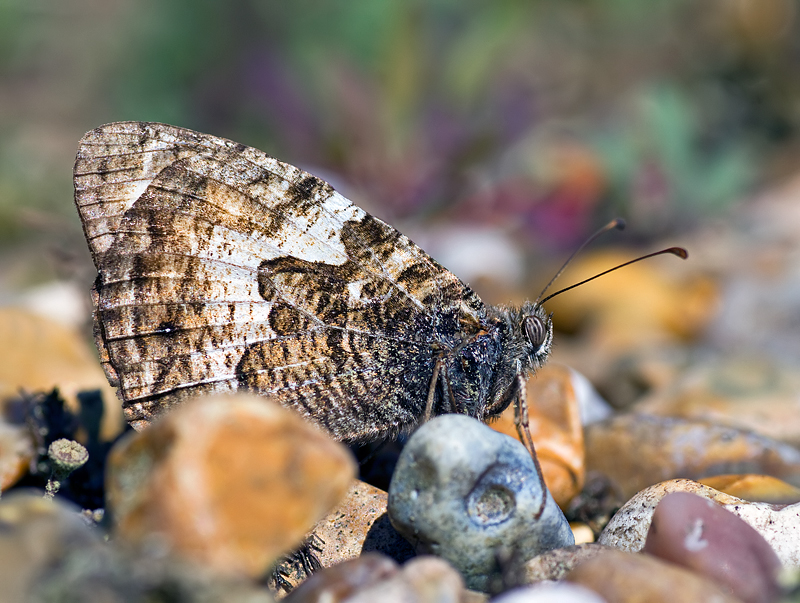
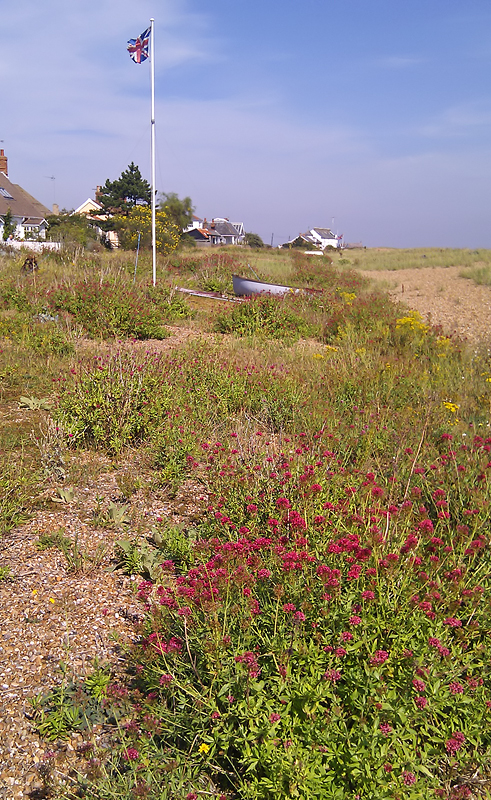
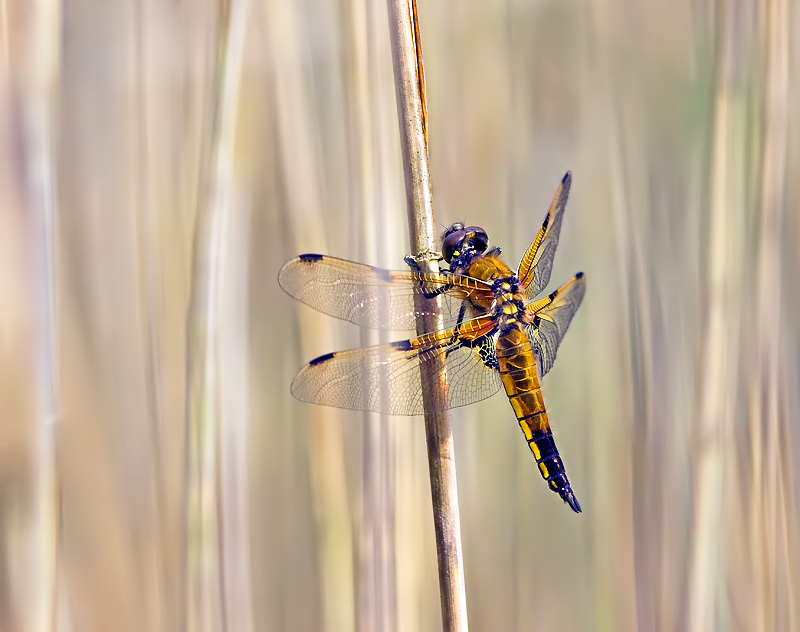
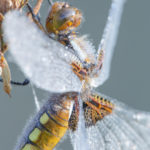
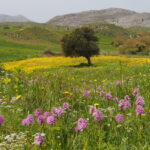
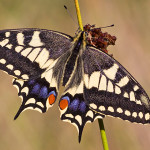





Reviews
There are no reviews yet.